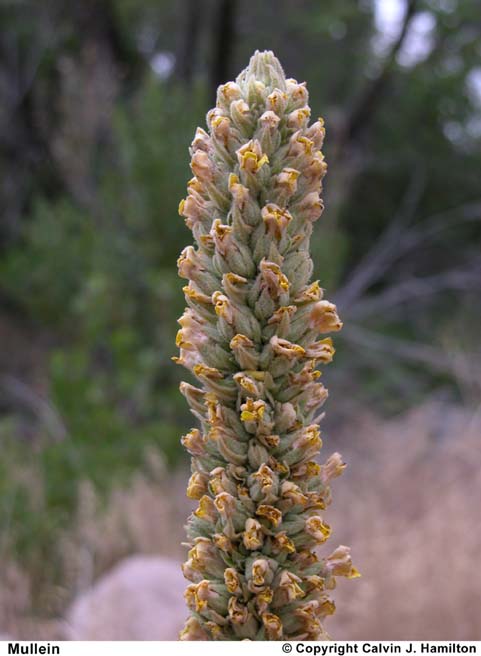<A =erC name=What_Is_It>What Is It?</A>
<DIV =content>
A roadside weed native to Asia and Europe and now common in North America, mullein flower (Verbascum thapsus and other Verbascum varieties) has long been used by folk healers to soothe irritated skin and treat respiratory problems. In fact, Native Americans, once introduced to the herb by settlers, quickly adopted the practice of smoking the plant's dried roots and flowers to relieve asthma and bronchitis. At one point, mullein flower was even considered a remedy for tuberculosis.
Smoking the plant is generally no longer recommended: The risk for irritating and infecting the lungs is too great. German health authorities, however, do approve of mullein in various forms (fluid extract, tincture, tea) to help clear congestion due to colds and coughs, and sipping a tea made with the flowers may well encourage a productive cough.
Astringent (constricting) and soothing compounds in the leaves and flowers explain why this herb has gained a reputation for soothing earaches. Try placing a few drops of warmed mullein flower oil in the affected ear twice daily until pain ceases. Mullein's astringent qualities also explain why it was long used internally for diarrhea, and externally to encourage healing of wounds and hemorrhoids.
Interestingly, some sources still refer to the gray, fuzzy-leafed mullein as "torchweed," an allusion to the biennial plant's tall stalk, which is topped with a "flame" of bright yellow flowers. Blond hair dye was once made from the flowers, and candlewicks were fashioned from the stalk and leaves.


























































